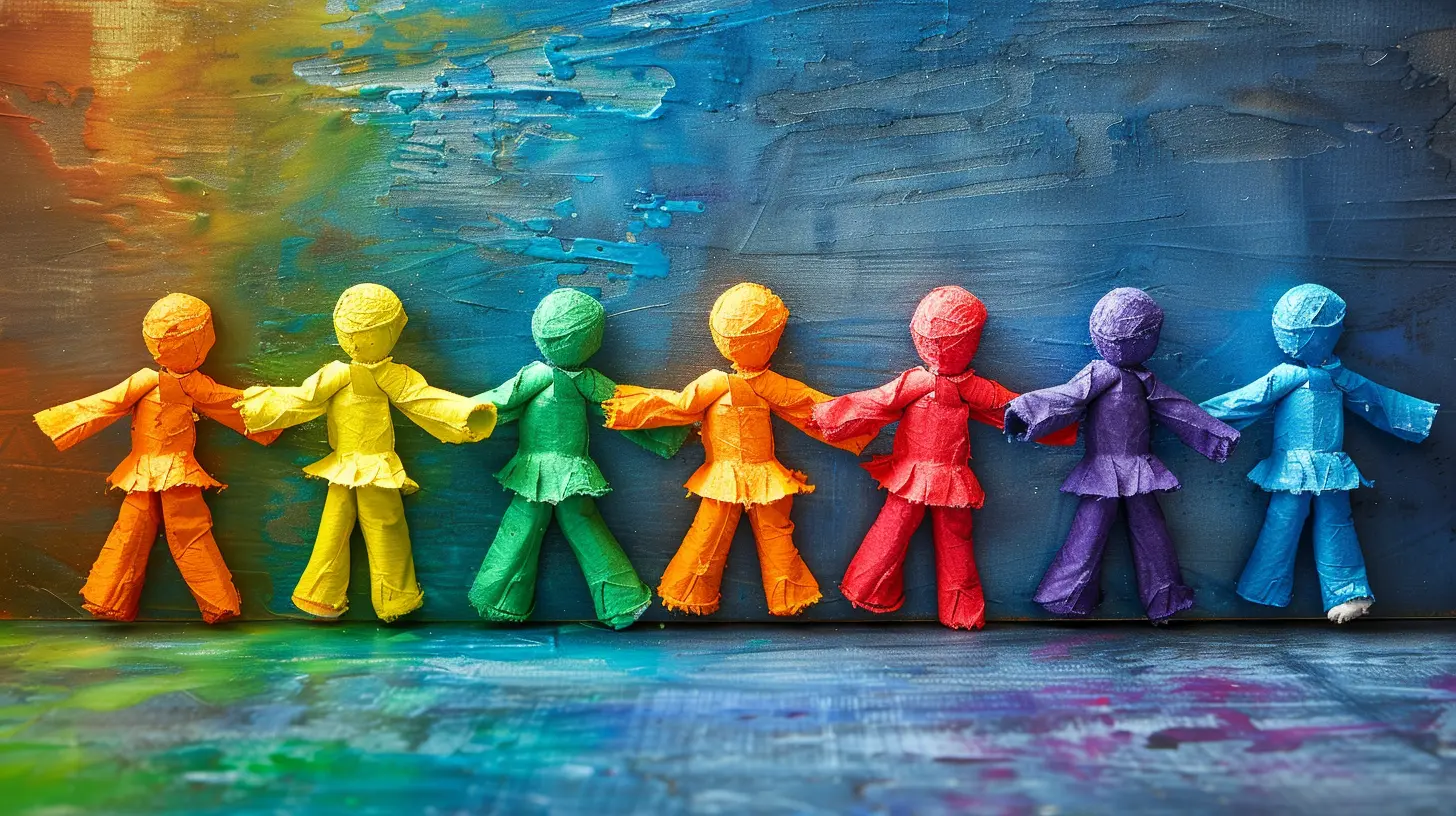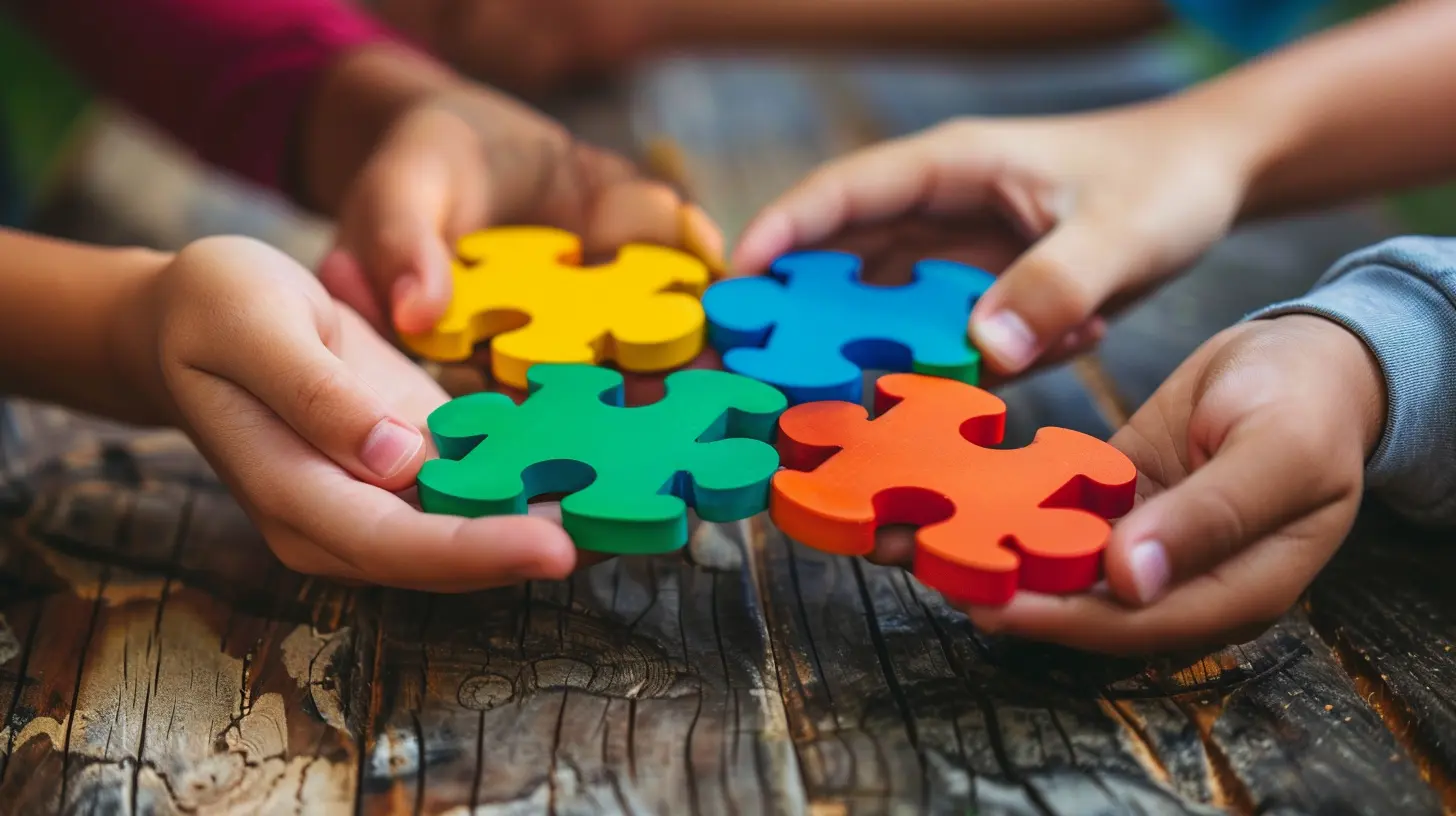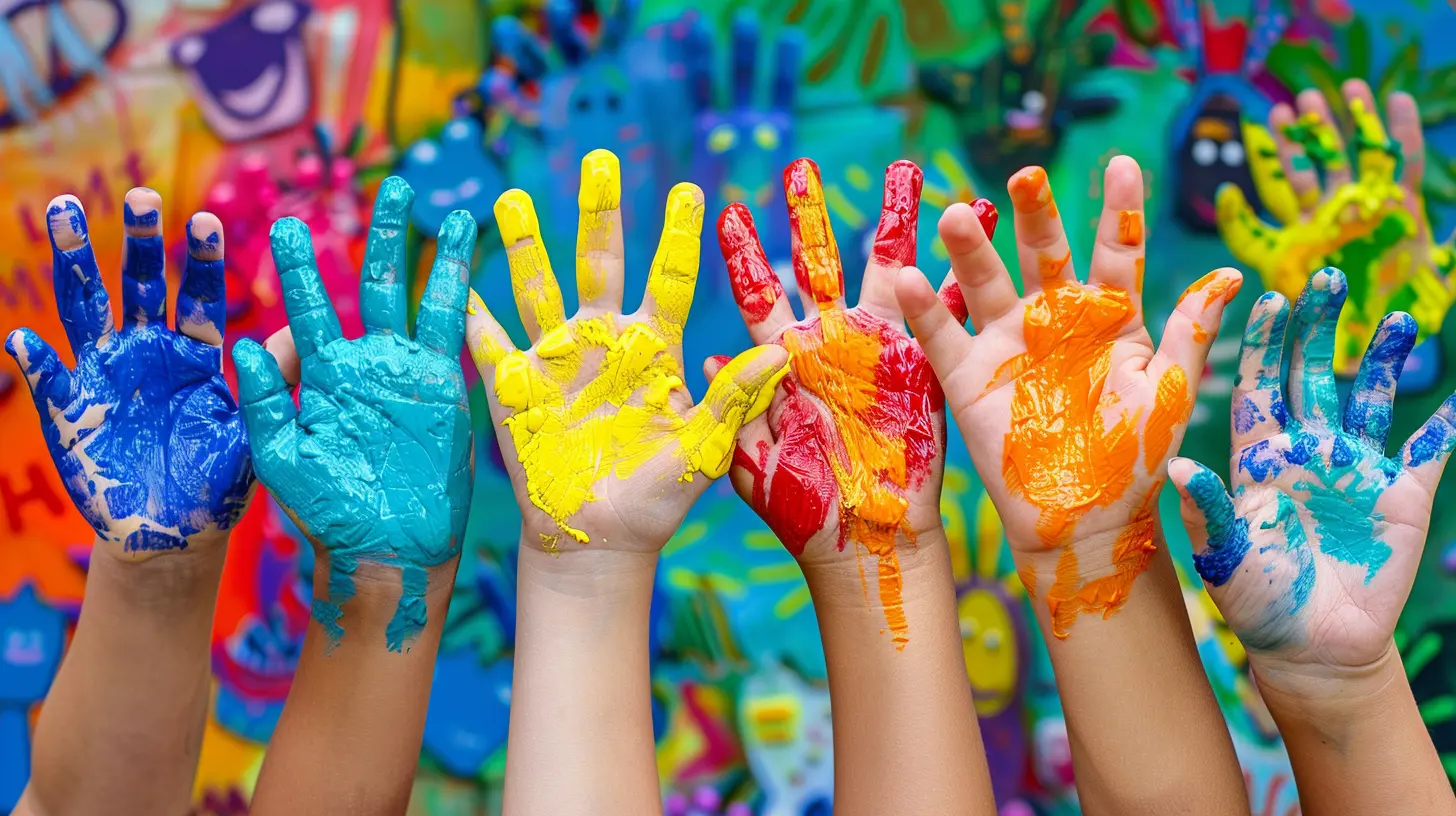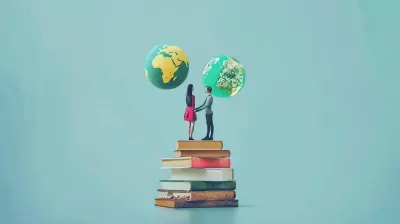Collaborative Learning in Early Childhood Education: Setting the Foundations
18 May 2025
Ever watched a group of preschoolers play together? It’s almost magical how they communicate, share, and learn from one another without even realizing it. That’s the essence of collaborative learning, and it’s one of the most powerful tools in early childhood education.
But why is it so important? How does it shape a child’s cognitive and social skills? And what can educators and parents do to encourage it? Let’s dive deep into the world of collaborative learning and discover how it sets the foundation for lifelong success. 
What is Collaborative Learning?
At its core, collaborative learning is all about teamwork. Instead of learning in isolation, children work together to solve problems, complete tasks, and explore new ideas. It fosters communication, cooperation, and critical thinking—skills that will serve them well throughout life.Think of it this way: Imagine a child trying to build a tower with blocks. Alone, they might struggle to balance them properly. But when paired with a friend, they discuss strategies, take turns, and learn from each other’s successes (and failures). That’s collaborative learning in action! 
Why Is Collaborative Learning So Important in Early Childhood?
During the early years, children’s brains are like sponges, absorbing everything around them. This period is crucial for developing not just academic abilities but also social and emotional skills. Collaborative learning plays a significant role in this development.1. Encourages Communication and Language Development
When children interact with their peers, they naturally enhance their language skills. They learn new words, practice sentence structures, and engage in meaningful conversations. Whether they’re negotiating who gets the red crayon or explaining how to build a sandcastle, every interaction strengthens their vocabulary and verbal reasoning.2. Builds Social and Emotional Skills
Collaboration teaches children empathy, patience, and resilience. They learn to listen to others, respect different opinions, and handle conflicts—essential skills for building healthy relationships. Plus, working as a team boosts their confidence and helps them feel valued.3. Develops Critical Thinking and Problem-Solving Abilities
Two (or more) heads are better than one! By working together, children analyze situations, brainstorm solutions, and think outside the box. Whether they’re figuring out how to fit puzzle pieces together or deciding the rules of a new game, collaborative learning sharpens their ability to reason and solve problems creatively.4. Fosters a Love for Learning
Learning is more fun when it’s shared! When children engage in group activities, they become more motivated, curious, and eager to participate. This excitement about learning can last a lifetime, shaping their attitudes toward education as they grow.
Key Strategies for Encouraging Collaborative Learning
So how can teachers and parents create an environment that nurtures collaboration? Here are some effective strategies:1. Group Activities and Play-Based Learning
Children learn best through play, so incorporating group activities is a great way to promote collaboration. Activities like building projects, role-playing games, and storytelling encourage teamwork and cooperation.Example: Try setting up a “restaurant” play station where children take on different roles—chef, server, customer. They’ll need to work together, communicate, and solve problems just like in a real restaurant!
2. Peer-to-Peer Learning
Encouraging children to teach and help each other is a fantastic way to build collaborative skills. Pairing up kids of different skill levels allows them to learn from one another in a natural and supportive way.Example: If one child is struggling to tie their shoelaces, another child can step in and teach them. Not only does the struggling child benefit, but the “teacher” reinforces their own learning and gains confidence.
3. Encourage Open-Ended Questions and Discussions
Rather than giving direct answers, teachers and parents can ask thought-provoking questions that encourage children to think critically and discuss with their peers.Example: Instead of saying, “That puzzle piece doesn’t go there,” try asking, “Hmm, does that piece fit? Why or why not?” This approach sparks discussion and collaborative problem-solving.
4. Create a Safe and Supportive Learning Environment
Children need to feel safe and valued in order to collaborate effectively. Foster an environment where mistakes are seen as learning opportunities, not failures. Encourage kindness, patience, and respect in all interactions.Example: When a child makes a mistake while painting, instead of correcting them, ask, “What do you think we could do differently next time?” This helps them think critically and invites input from their peers.
5. Use Hands-On, Interactive Activities
Children learn best when they’re actively engaged. Activities that involve hands-on exploration—like STEM projects, arts and crafts, and outdoor adventures—naturally encourage teamwork and shared problem-solving.Example: Give children a pile of recycled materials and challenge them to build a bridge together. They’ll have to share ideas, experiment, and adjust their approach—all key elements of collaborative learning. 
Overcoming Challenges in Collaborative Learning
While collaborative learning has countless benefits, it’s not without challenges. Some children may struggle with sharing, communicating, or working together. Here’s how to overcome common obstacles:1. Managing Conflicts
Disagreements are inevitable when kids work together. Teach them how to resolve conflicts by encouraging active listening, teaching compromise, and modeling positive behavior.Example: If two children want the same toy, guide them through a discussion: “How can we solve this problem so both of you are happy?” This promotes problem-solving rather than argumentation.
2. Balancing Group Dynamics
In any group, some kids will naturally take charge while others stay quiet. Encourage equal participation by assigning rotating roles and making sure everyone’s voice is heard.Example: If one child dominates a group activity, gently intervene with, “Let’s hear what Sarah thinks about this idea!” This helps all children feel involved.
3. Helping Shy or Introverted Children Participate
Not all kids are comfortable jumping into group activities. Support shy children by pairing them with a buddy, encouraging small group interactions, and creating a safe space where they can express themselves comfortably.Example: A quiet child may feel overwhelmed in a large group but thrive in a buddy reading session with one other child. Start small and gradually build their confidence.
The Long-Term Impact of Collaborative Learning
Collaborative learning isn’t just about childhood—it lays the foundation for lifelong success. The skills children develop through teamwork and cooperation will benefit them academically, socially, and professionally.Think about it: Adults collaborate in almost every aspect of life—whether in the workplace, in friendships, or within families. By fostering these skills early on, we’re preparing children to navigate relationships, communicate effectively, and solve problems efficiently.
Plus, research shows that students who engage in collaborative learning tend to perform better academically, retain information longer, and develop a deeper understanding of subjects. It’s a win-win!
Final Thoughts
If there’s one thing we know for sure, it’s that learning is not a solo journey. From the moment a child starts interacting with others, they’re absorbing, sharing, and growing together. Collaborative learning in early childhood education is about more than just academics—it’s about building the foundation for a lifetime of meaningful interactions and successful problem-solving.So whether you're a teacher, a parent, or anyone who influences young learners, remember: Encourage teamwork, create opportunities for collaboration, and watch children thrive in ways you never imagined!
all images in this post were generated using AI tools
Category:
CollaborationAuthor:

Bethany Hudson
Discussion
rate this article
3 comments
Fiona Barnes
This article beautifully highlights the vital role of collaborative learning in early childhood education. By fostering teamwork and communication, we truly set the stage for children's future success. Great insights!
May 24, 2025 at 3:01 AM

Bethany Hudson
Thank you for your kind words! I'm glad you found the insights on collaborative learning valuable for early childhood education.
Alyssa Bailey
Essential for social development.
May 23, 2025 at 12:19 PM

Bethany Hudson
Thank you! Collaborative learning indeed plays a crucial role in fostering social skills and community building in early childhood education.
Greyson Patterson
This article effectively highlights the importance of collaborative learning in early childhood education, emphasizing its role in fostering social skills, critical thinking, and a sense of community among young learners.
May 19, 2025 at 11:12 AM

Bethany Hudson
Thank you for your insightful comment! I'm glad you found the article's emphasis on collaborative learning's benefits for social skills and community building valuable.



